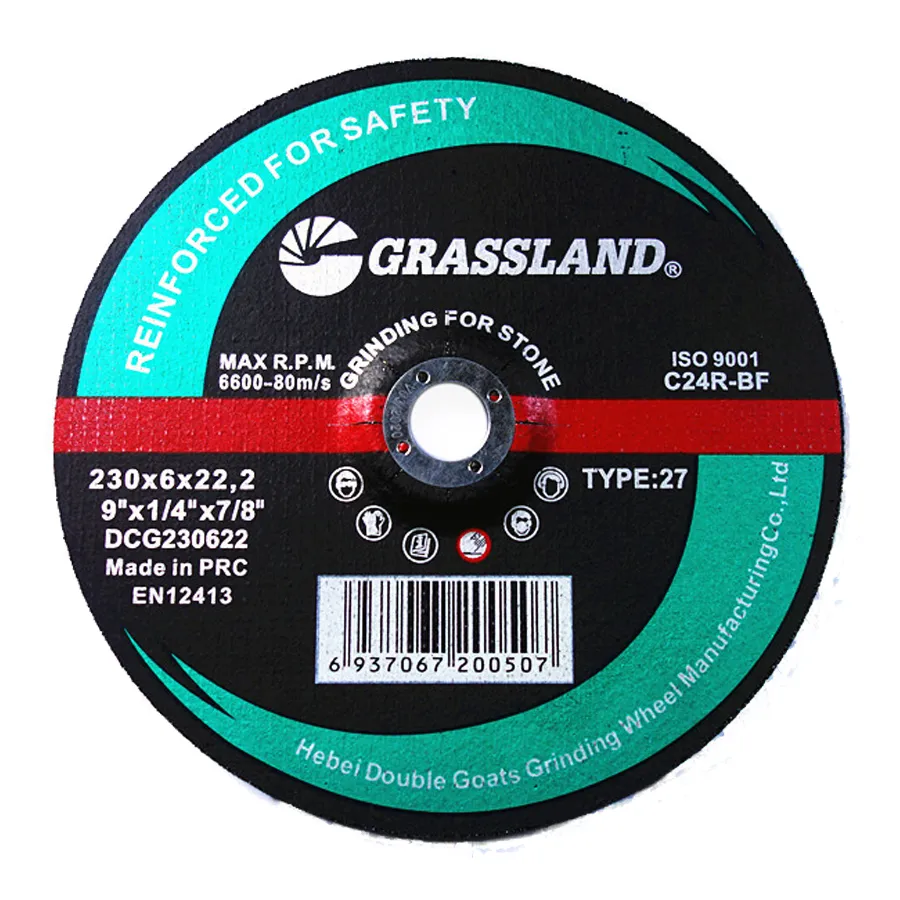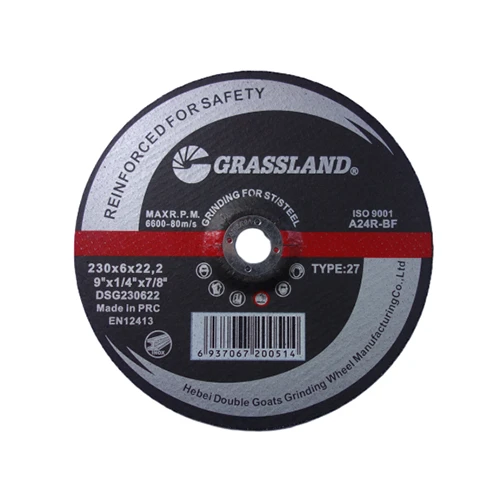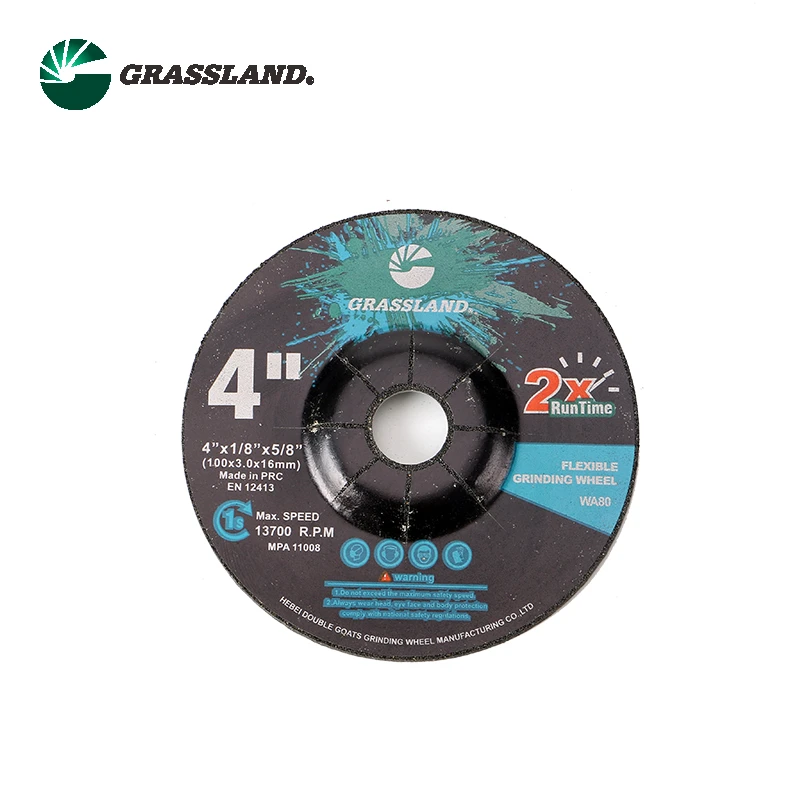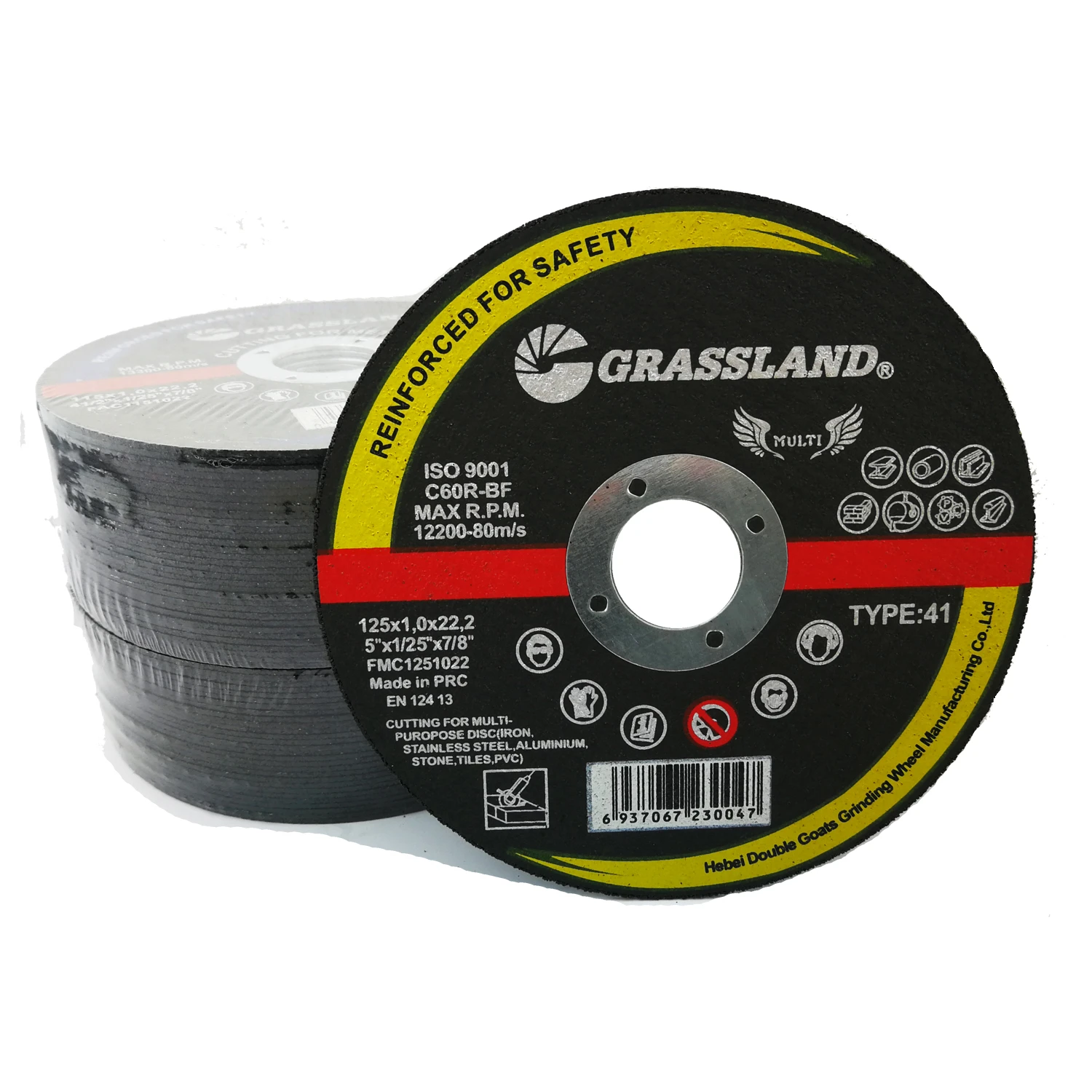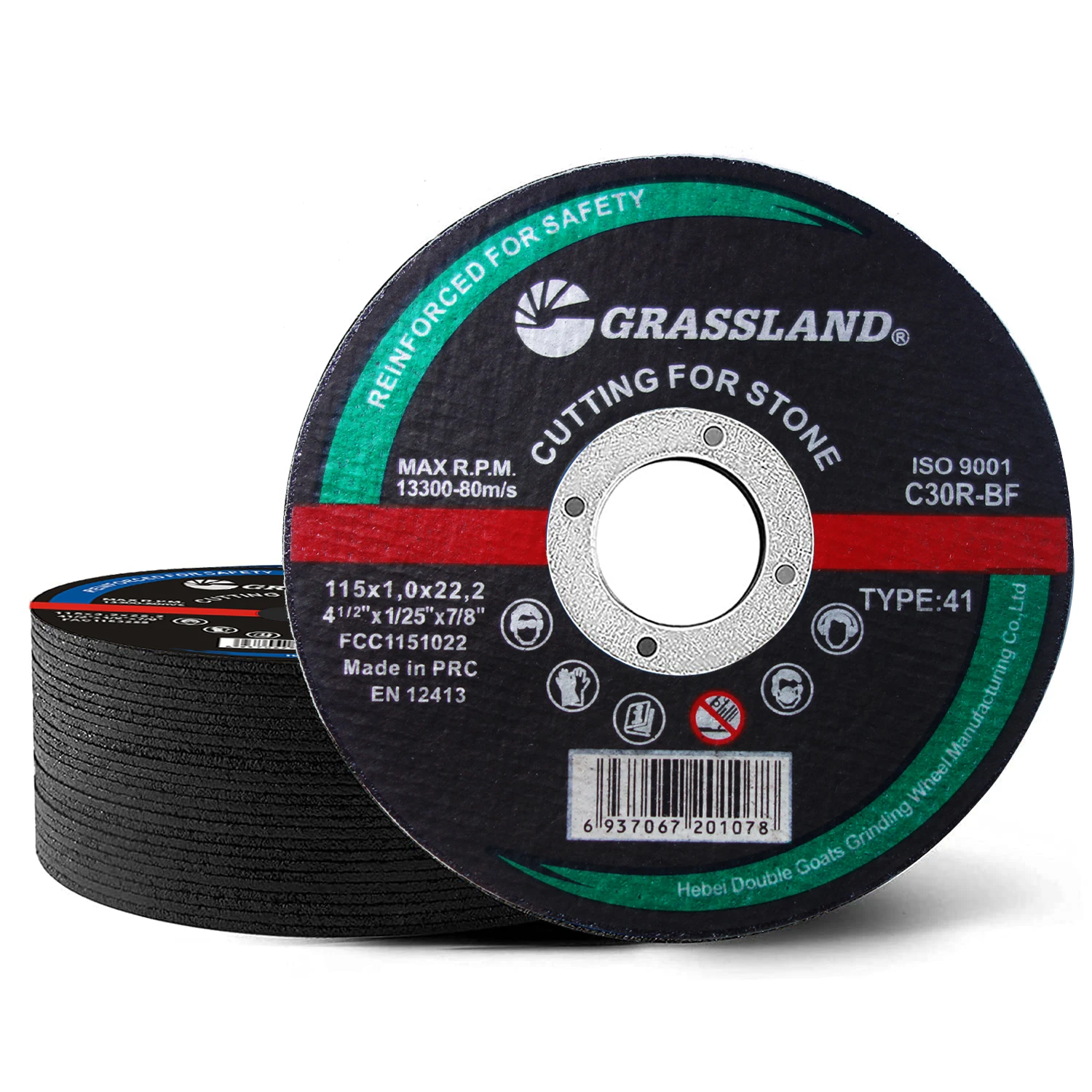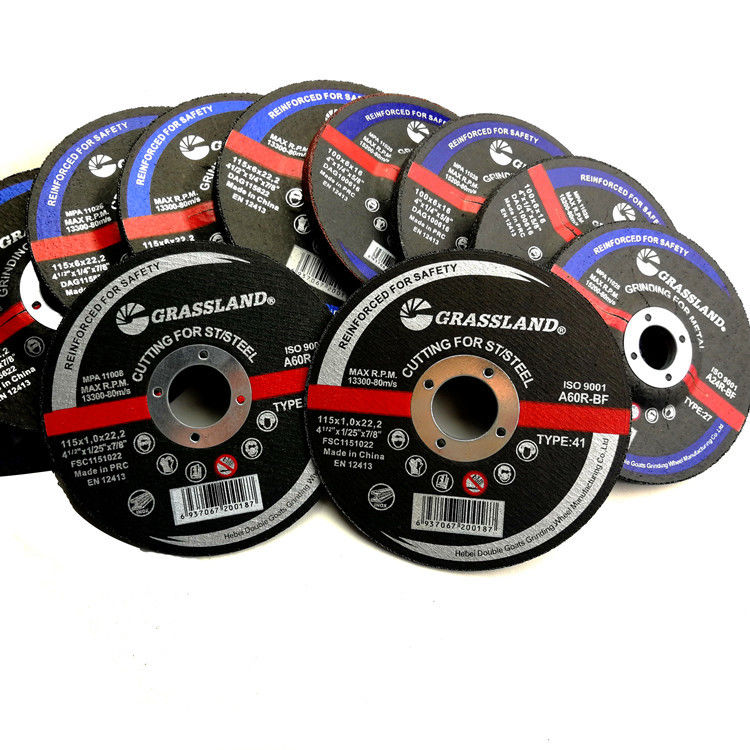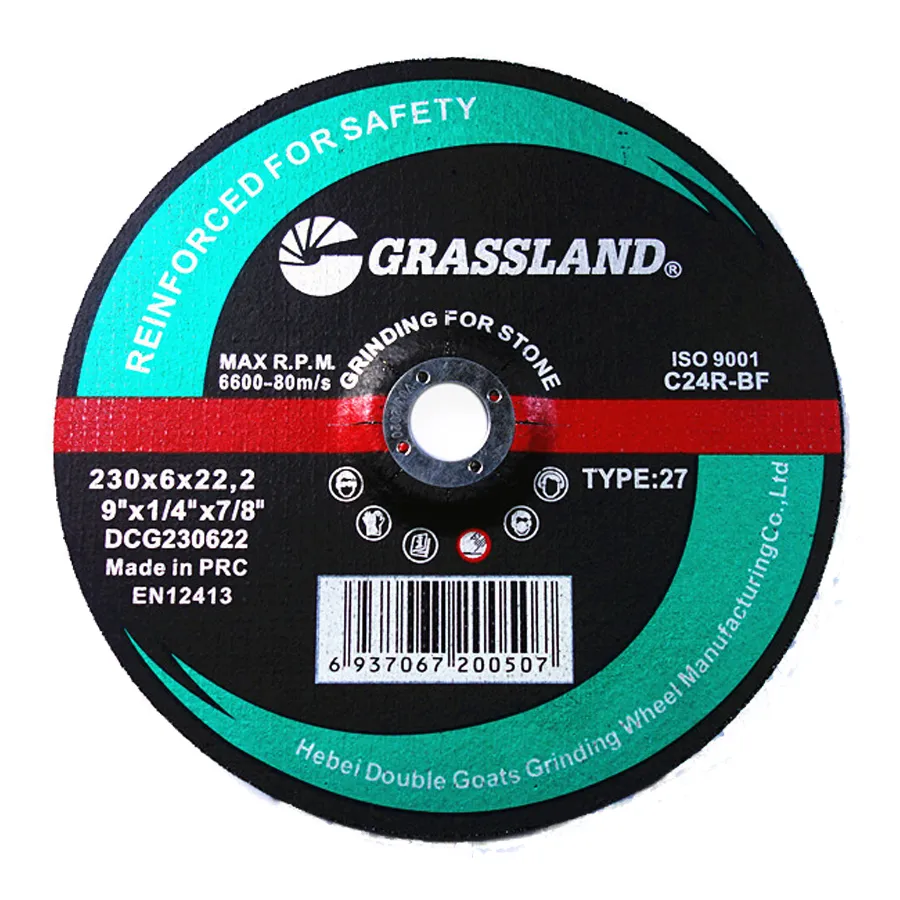
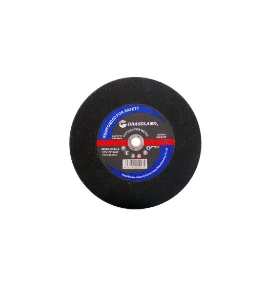
Diamond cutting discs are renowned for their strength and ability to make precise cuts through especially hard materials like porcelain, ceramic, and slate. Thanks to their diamond-grit edges, these discs provide clean cuts and are highly durable, making them a preferred choice for tiles and countertops where precision is crucial. One of the more specialized types of angle grinder discs is the wire wheel brush. These discs are not used for cutting but are excellent for tasks such as rust removal, paint stripping, and cleaning metal surfaces. Available in both knotted and crimped varieties, wire discs efficiently tackle surface contaminants and prepare surfaces for further operations. Choosing the correct angle grinder disc involves understanding the requirements of your specific project and matching them to the disc's capabilities. Factors such as disc size, thickness, material compatibility, and grit size play critical roles in determining the efficiency and safety of your task. Always ensure that the disc is compatible with your angle grinder’s RPM to prevent hazardous situations. Moreover, while it’s tempting to use multipurpose discs, using a disc specifically designed for the task at hand often yields better results and increases safety. Adopting proper safety practices, such as wearing protective gear and securely handling the grinder, is also crucial to avoid accidents. In conclusion, the success of any task involving an angle grinder is greatly influenced by the selection of the right disc. Metal cutting discs, grinding discs, flap discs, masonry discs, diamond discs, and wire wheel brushes each have unique features that cater to specific materials and job types. Understanding these distinctions and selecting the appropriate disc can significantly enhance productivity, outcome quality, and safety in your projects. Being informed, prepared, and equipped with the right disc makes all the difference in achieving excellent and professional results.
Post time:Jan - 11 - 2025







